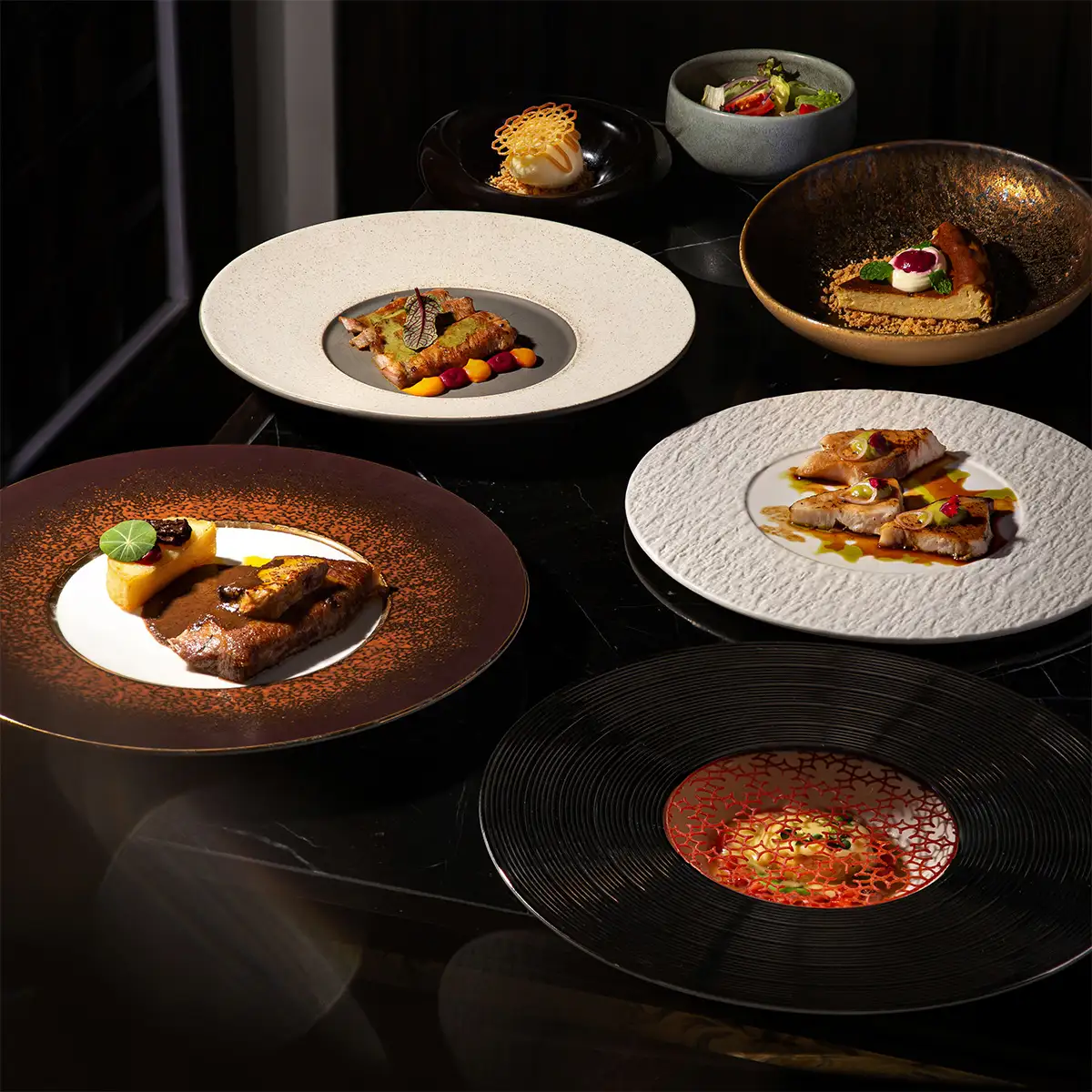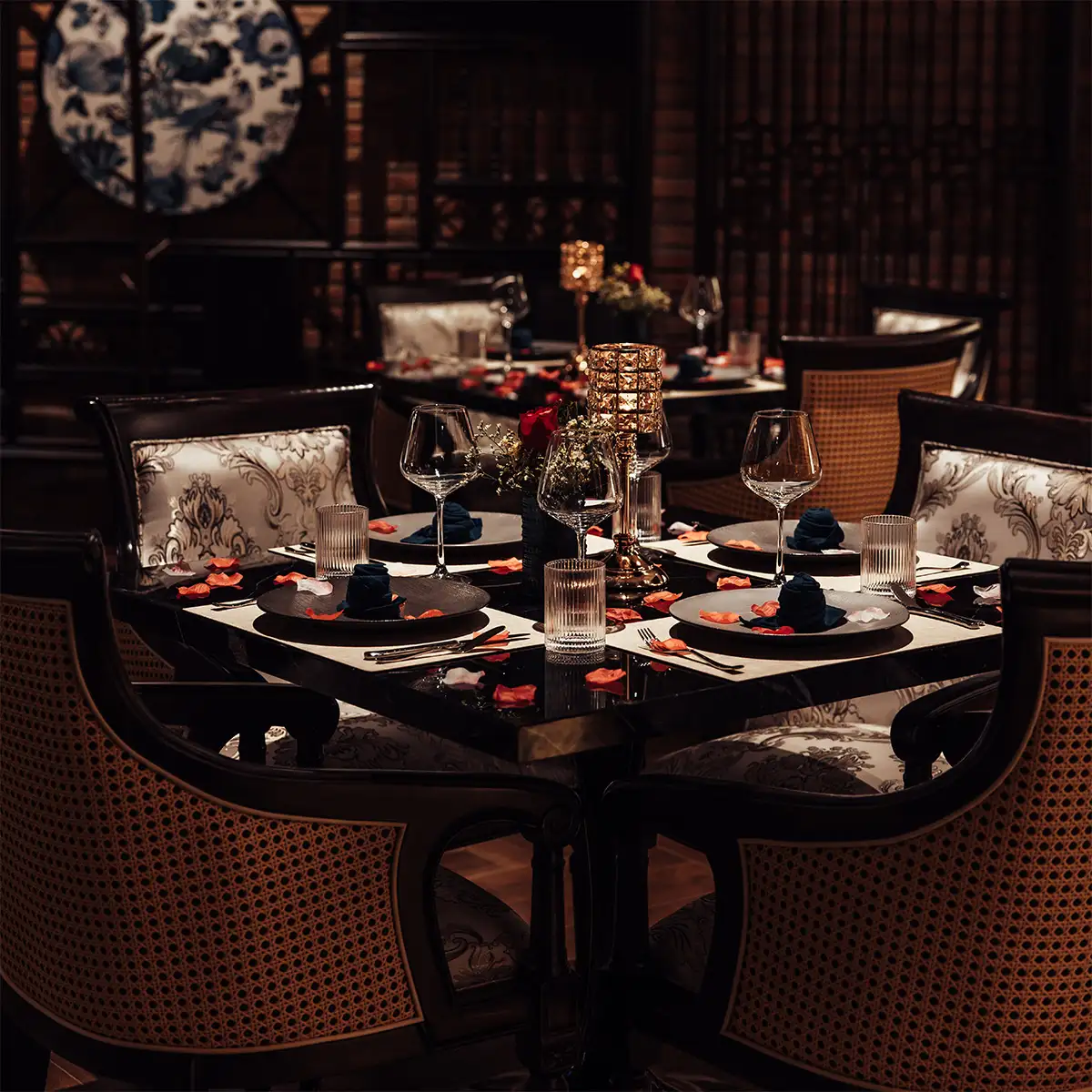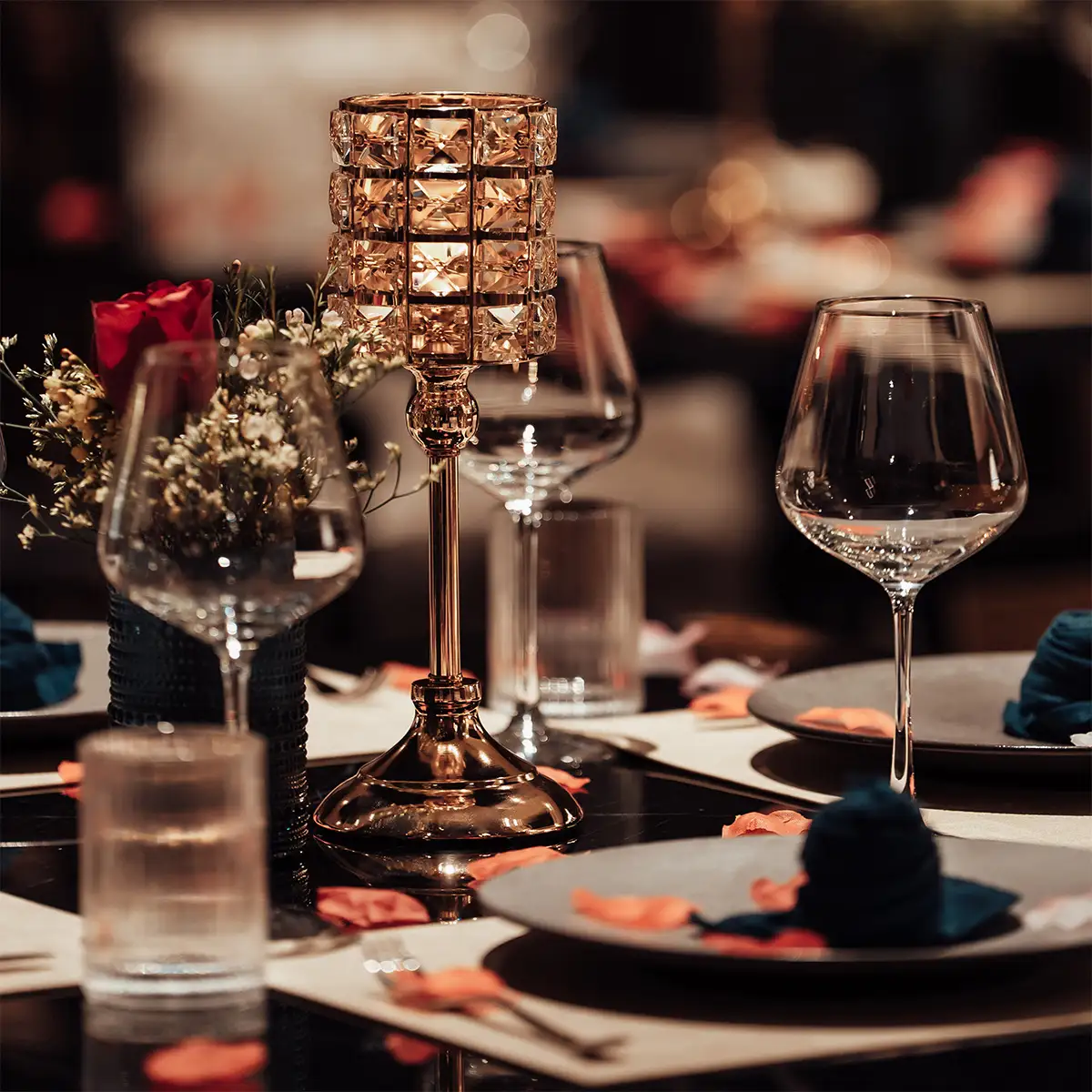Fine dining is not merely a meal; it is a multi-sensory artistic experience, a meticulously choreographed performance where flavor, texture, and ambiance converge. Within this elevated culinary world, certain creations transcend the menu to become legends. These are the iconic dishes of fine dining—timeless masterpieces that have shaped trends, defined careers, and become the very hallmarks of the chefs and restaurants that conceived them. This guide serves to navigate these legendary creations, exploring why they achieved such fame and the profound impact they have left on global fine dining.
1. Understanding fine dining: The foundation of iconic dishes
Before a dish can become an icon, it must be built upon the fundamental pillars of culinary excellence. These principles are the canvas upon which chefs create their masterworks.
- Premium ingredient quality: The soul of any distinguished dish is the quality of its components. This is the core element that makes the difference. The pursuit of premium ingredients is non-negotiable, emphasizing seasonal, traceable, and sustainable sourcing. Ingredients like the elusive Alba white truffle, the prized Osetra caviar, or the impeccably marbled A5 Wagyu beef are not chosen for their price tag, but for their unparalleled flavor profiles and the story of their origin. This commitment to sourcing the absolute best is the first step in creating a memorable fine dining experience.
- Refined preparation technique: Culinary art is a delicate blend of tradition and innovation. Classic techniques, such as the slow, precise cooking of sous-vide or the rich preservation of confit, provide a foundation of flavor development. These are complemented by modern advancements, including the transformative methods of molecular gastronomy, which allow chefs to deconstruct and reimagine textures and forms. The application of these refined preparation techniques is what allows a chef to achieve perfection, ensuring every element on the plate is expressed to its fullest potential.
![]()
Fine dining begins with the finest—where world-class ingredients meet mastery in technique.
- The art of presentation: We eat first with our eyes. The transformation of food into a work of art is a defining characteristic of fine dining. The art of presentation, or plating, involves a deep understanding of color theory, composition, and negative space. The deliberate arrangement of each component is designed to create a visually stunning and emotionally resonant introduction to the dish, elevating the act of eating into an aesthetic appreciation.
- The holistic experience: An iconic dish is rarely judged on flavor alone. It is the centerpiece of a holistic experience. The ambiance of the dining room, the seamless and intuitive service from the staff, and the narrative behind the dish itself all contribute to its impact. When a server explains the origin of the ingredients or the inspiration behind the chef's creation, the meal is imbued with meaning, forging a powerful and lasting memory for the guest.
![]()
Plating is the poetry of the plate—where taste begins with sight and ends in memory.
2. Iconic dishes shaping global fine dining
Throughout history, certain dishes have risen above the rest, becoming enduring symbols of luxury, innovation, and perfection.
- Beef Wellington: Though its exact origins are debated, Beef Wellington is an undisputed icon of classic European cuisine. This celebratory dish features a prime beef tenderloin coated in pâté and a rich mushroom duxelles, which is then enveloped in golden, flaky puff pastry. Its complexity and grand presentation make it a true showpiece. Chef Gordon Ramsay has famously made this dish a cornerstone of his culinary empire, his exacting standards turning it into a benchmark for chefs worldwide.
![]()
Beef Wellington
- Oysters and Pearls (Thomas Keller): A signature of Chef Thomas Keller and his world-renowned restaurant, The French Laundry, "Oysters and Pearls" is a masterclass in elegance. The dish consists of a rich, warm sabayon of pearl tapioca topped with two poached Beau Soleil oysters and a decadent quenelle of white sturgeon caviar. The genius of this iconic dish lies in its perfect balance of flavor and texture: the creamy sabayon, the saline pop of the caviar, and the delicate, yielding texture of the oysters create a harmonious and unforgettable sensation.
![]()
Oysters and Pearls
- Pomme Purée (Joël Robuchon): How can mashed potatoes become a global sensation? In the hands of the late Joël Robuchon, a simple purée was elevated to the pinnacle of culinary perfection. His philosophy was to take a humble ingredient and perfect it through technique. Robuchon's Pomme Purée is famous for its impossibly smooth, silken texture, achieved by using a food mill and an astonishing ratio of high-quality butter to potatoes—nearly one part butter for every two parts potato. It became iconic because it demonstrated that luxury is not about complexity, but about the relentless pursuit of perfection in its purest form.
![]()
Pomme Purée
- Chocolate Molten Lava Cake (Jean-Georges Vongerichten): One of the most influential desserts in modern history was born from a happy accident. In 1987, Chef Jean-Georges Vongerichten pulled a small chocolate cake from the oven too early, discovering that its center remained a warm, liquid "lava." This "mistake" resulted in the Chocolate Molten Lava Cake. Its immediate appeal—a comforting cake with a surprising, decadent core—led to its immense popularity. This single creation has had a profound influence on dessert menus worldwide, becoming a staple that has been endlessly reinterpreted.
![]()
Chocolate molten lava cake
- Foie Gras: Foie gras remains one of the most recognized and debated hallmarks of fine dining. This fattened duck or goose liver is prized for its rich, buttery flavor and velvety texture. Classic preparations include pan-searing it to create a crisp exterior and molten interior, often paired with the acidity of a fruit sauce or balsamic reduction to cut through its richness. It is also prepared as a chilled terrine or pâté, served with toasted brioche and fig jam.
![]()
Foie Gras
- Scallops: Perfectly seared scallops are a testament to technical skill. The goal is to achieve a deep, caramelized crust while keeping the interior tender, sweet, and almost translucent. Their delicate flavor makes them a perfect canvas for creative pairings. A classic example that elevates the dish is Gordon Ramsay's pairing of seared scallops with a creamy cauliflower purée and a tangy, salty caper-raisin sauce, demonstrating a masterful balance of flavors and textures.
![]()
Scallops
- Other timeless dishes: The canon of iconic dishes is vast and includes numerous other classics that have defined culinary excellence, such as:
- Truffle Pasta: The epitome of earthy luxury.
- Lobster Thermidor: A rich, creamy, and decadent classic.
- Dover Sole Meunière: A testament to simple, perfect execution.
- Boeuf Bourguignon: The quintessential French beef stew, elevated in fine dining contexts.
- Tarte Tatin: The legendary French upside-down caramelized apple tart.
3. Elements that make a dish truly "Iconic"
What elevates a great dish to an iconic one? It is a convergence of innovation, narrative, and influence.
- Uniqueness and innovation: Truly iconic dishes often break traditional boundaries. Chefs like Heston Blumenthal at The Fat Duck have famously pushed the limits of culinary arts, creating "shocking" yet brilliant dishes like Bacon and Egg Ice Cream. This drive for culinary innovation—to create unprecedented flavor combinations and sensory experiences—is what separates a fleeting trend from a lasting icon.
- Story and legacy: A dish becomes more valuable when it is connected to a compelling story. The legacy of its creator, the narrative of its "accidental" birth, or its connection to a specific culture adds layers of meaning that resonate with diners. The story behind Joël Robuchon's obsessive quest for the perfect potato purée is as much a part of its appeal as the flavor itself. This is the power of a culinary legacy.
- Global culinary influence: The ultimate measure of an iconic dish is its ability to inspire. These dishes are studied, adapted, and reinterpreted by chefs across the globe. They become part of the collective culinary language, influencing menus and inspiring new generations of chefs to aim for the same standard of excellence.
![]()
An iconic dish transcends taste—it innovates, inspires, and tells a story worth remembering.
The iconic dishes of fine dining are more than just food; they are cultural artifacts that chart the course of gastronomic history. They represent the pinnacle of ingredient quality, technical mastery, and artistic vision, continually shaping and elevating the fine dining experience. The future of our craft lies in honoring this legacy while embracing the culinary innovation required to create the icons of tomorrow.
We invite you to Moca Dining to experience this pursuit of culinary excellence firsthand, where art and flavor converge to create truly memorable moments. Make your reservation today and immerse yourself in an unforgettable dining experience.







